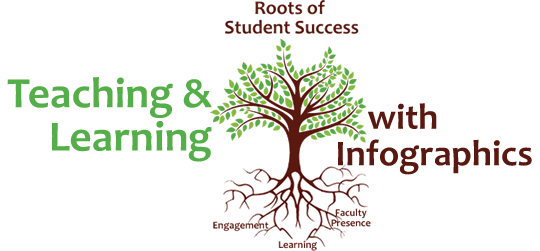VATL courses
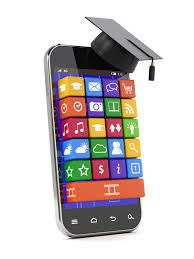
purpose of this teacher training (TT) course is to design
an individual teaching intervention based on m-learning and/or gamification. Also
they will develop computer skills and the application of computers for teaching
and learning.

There are various ways to use video effectively as a learning tool and
with this course; trainees will have the opportunity to approach several
teaching strategies that align pedagogical aims, learning outcomes with video,
inside and outside the classroom. Participants will reflect and discuss the
role, different implications and challenges of using video in teaching and
learning and will be presented with tools that will contribute for the
enhancement of their teaching practices.
Учебные курсы «Активное обучение и информационные технологии: мобильное обучение и геймификация» были направлены на изучение инновационных методов обучения, интерактивных и электронных технологий обучения, основанных на информационных и коммуникационных технологиях . Цель этого курса подготовки учителей - дать учителям теоретические знания и сформировать некоторый опыт применения м-тренинга и геймификации в преподавании. Основная цель курса - расширение преподавательских компетенций в области активного обучения, использование мобильных инструментов и игровых приёмов для преподавания и обучения.
После успешного завершения этого курса учителя развили новые педагогические навыки:
· Разрабатывать задания с разными методами активного обучения ;
· Планировать игровой опыт обучения;
· Применять в обучении специфические ИКТ-инструменты (сли.до, ментиметр, печа-куча, канва, кахут, соцратив, викторина, QR-код и т. Д.);
· Представить информацию в формате Печа Куча;
· Разработать стратегию применения мобильного обучения и гамафикации на собственных курсах.
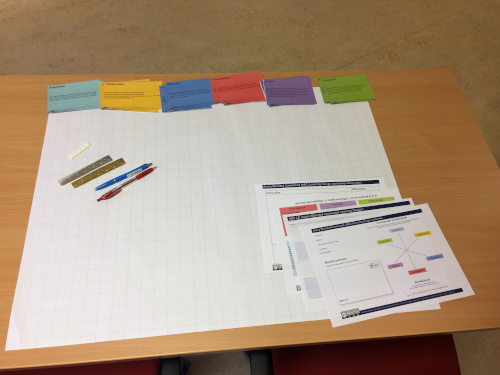
On completion of the course, the participant should be able to:
- Discuss how active learning and the use of digital tools can support students’ learning
- Use digital tools to support active learning during a teaching and learning activity and to prepare course material
- Design teaching and learning activities that takes advantage of digital tools
- Design the outline of a course where digital course material and digital tools for interaction support active learning
The purpose of this teacher
training (TT) course is to help lecturers to use Active Learning Methods in
flipped classroom in Practice.

To provide students with comprehensive and concise knowledge and practical skills on the current content of active learning in the higher education system, as well as on organizational forms and ways.
Introduction to M-Learning to help teachers activate their students' learning.
Participants will be able:
- to self-assess their digital competence
- to understand the use of mobile devices and their potential and limitations for teaching
- to design tasks with different apps for active learning
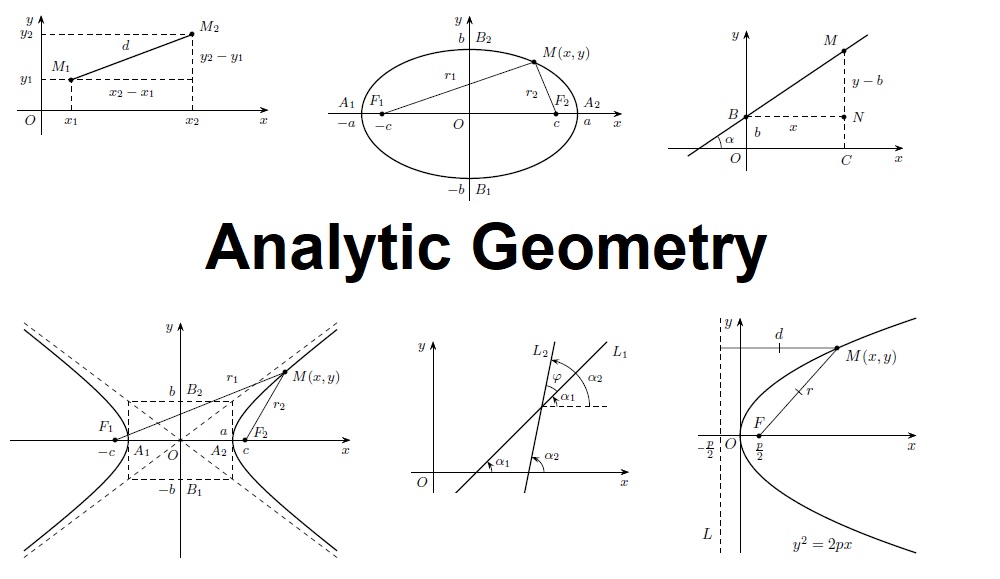
This course covers some aspects of analytic geometry (lines, curves of the second order) on the plane. The material of this course is presented for the first-year students, but anyone who is interested in mathematics is welcome to join.
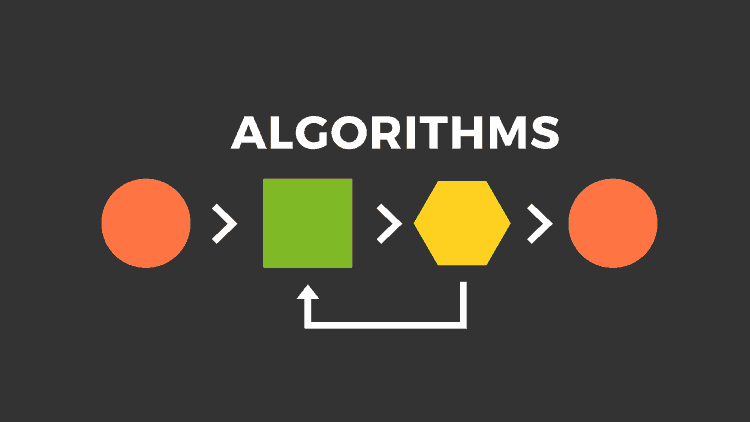
The purpose of teaching the course "Algorithms" is the formation of skills for the construction and analysis of methods and algorithms in solving model problems of discrete optimization and their application in practice.

- We're going to start this course by trying to understand why cyber security has become such a huge problem.
- We're going to do this by developing what we call a security mindset. Once we're done with that we're going to talk about a number of basic design principles that can help us better secure computer systems.
- Cryptography is the foundation of security. In this course, we will discuss the basics of encryption as well as attacks on encryption schemes.
- We will review several historical and simple encryption schemes.
- We introduce main types of modern cryptography and how they are used in security.
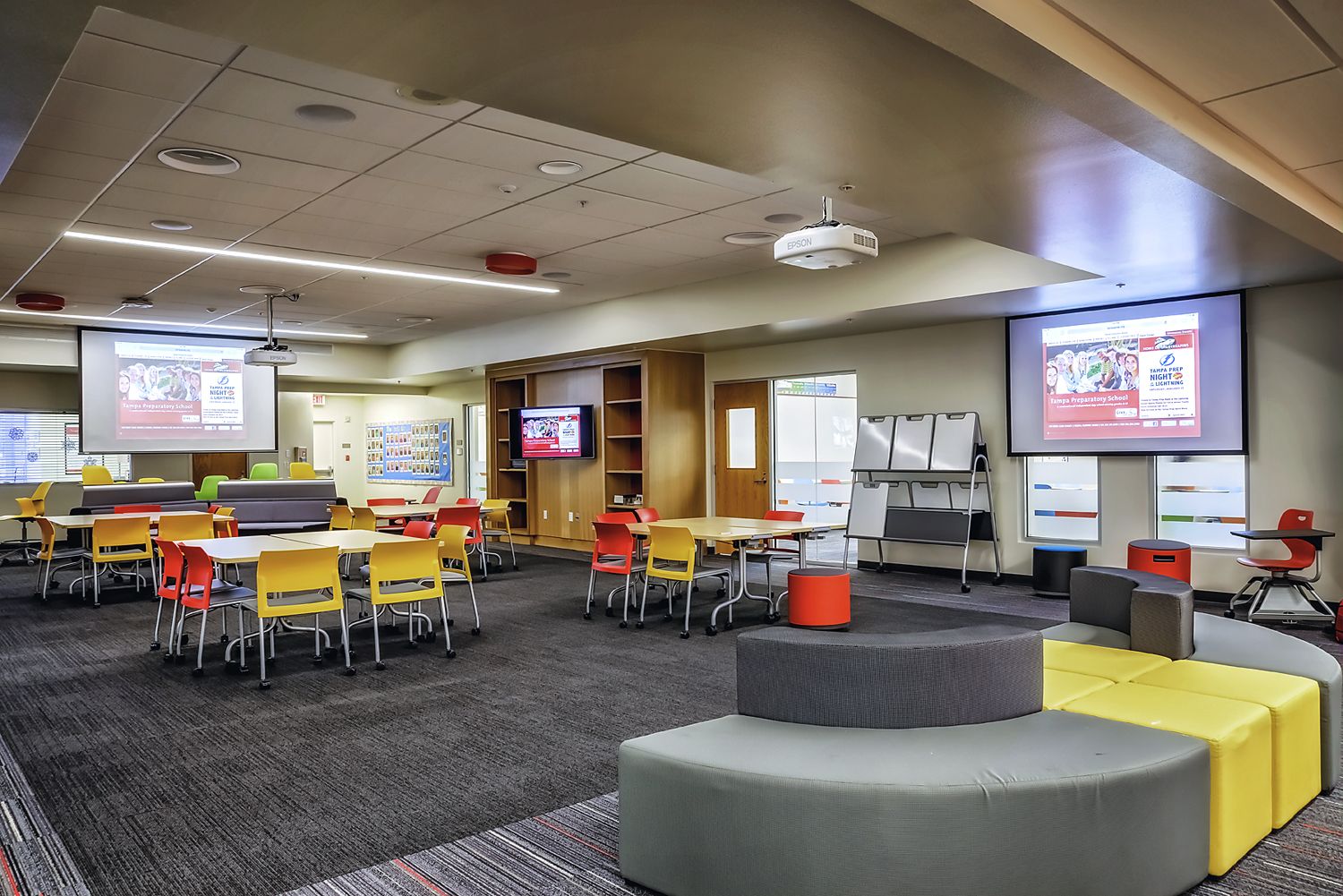
1: Orientation to Blended Teaching And Learning
2: What You Can Do Online, But Not On Campus
3: Building A Solid Foundation
4: Preparing Students For Online Learning
5: Principles For Data Analysis In Online And Blended Learning Research
6: Scaling Blended Learning Evaluation Beyond The University
7: The Second Wave: Blending Into The Mainstream

The purpose of the course is
- to teach students how to create web applications using PHP and MySQL;
- to give understanding of Hypertext Markup Language (HTML), Cascading Style Sheets (CSS) to allow them to style markup for web pages;
- how to install and use an integrated PHP/MySQL environment like XAMPP or MAMP;
- to introduce students the Fundamentals of PHP and MySQL;
- how HTML forms are created and processed in the PHP language;
- how to structure code using object-oriented programming techniques;
- to introduce the students Structured Query Language (SQL) and integration of PHP and MySQL database, as well as MySQL data processing via PHP.

Basic concepts, goals and objectives of business planning. Implementation
enterprise business planning. The structure and content of the sections
business plan. Standards and regulatory requirements for business planning.
Analysis and assessment of factors of the external and internal environment. Marketing
research in business planning. Development of a production plan.
Organizational design. Legal aspects in business planning. Modeling a calendar and financial plan.
Organization of financing investment projects. Analysis
investment project efficiency. Sensitivity Analysis and Evaluation
risks.
The course focuses on the issues that should be taken into account while developing/adapting teaching materials for speaking. It discusses:
- problems that are connected with the adaptation process;
- what does authenticity mean?
- Factors that need to be taken into account while teaching (students’ age peculiarities, sociocultural, political or institutional contexts of teaching, individual abilities, preferences, learners’ language proficiency level).
- Speaking Suggestions.
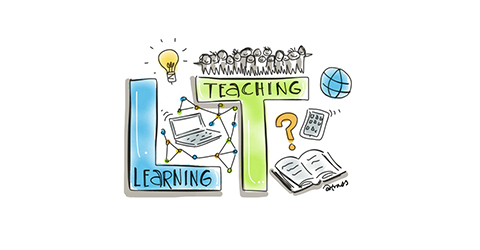

The course focuses on the issues that should be taken into account while developing/adapting teaching materials for speaking. It discusses:
- problems that are connected with the adaptation process;
- what does authenticity mean?
- Factors that need to be taken into account while teaching (students’
age peculiarities, sociocultural, political or
institutional contexts of teaching, individual abilities, preferences, learners’ language proficiency level). - Speaking Suggestions.
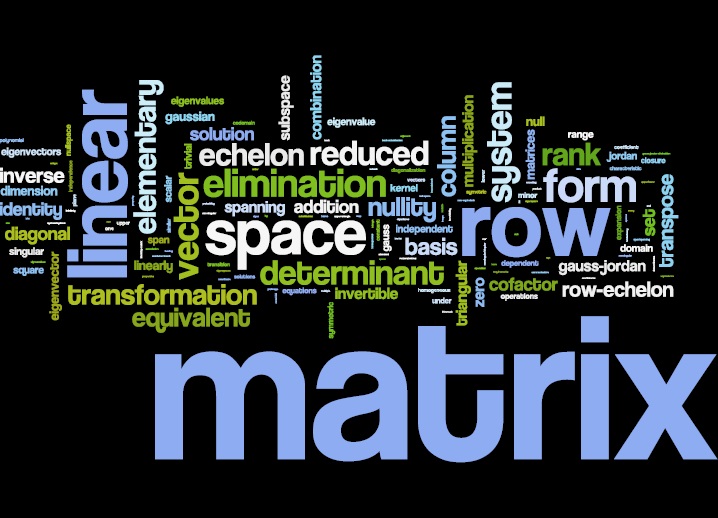
This course covers some aspects of matrices, determinants and systems of linear equations. The material of this course is presented for the first-year students, but anyone who is interested in mathematics is welcome to join.

Welcome to the English course. This course is foundational to all the other courses you will take. Once you get a good grasp of English, you will be in a much better position to master the original languages
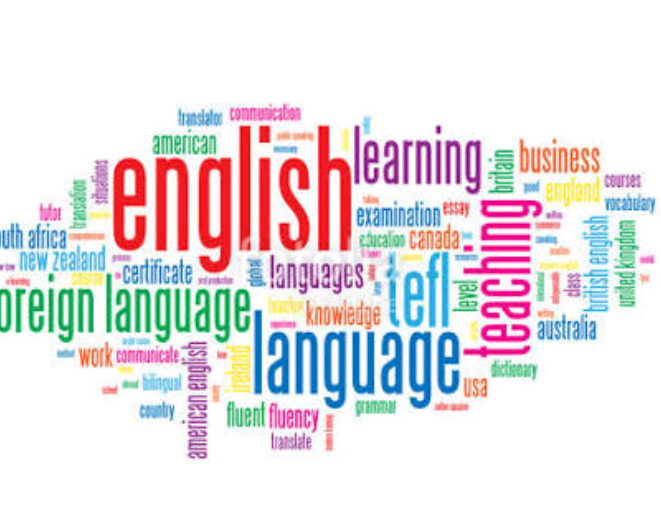
The purpose of the course is to:
- Introduce and teach students both traditional and modern and innovative methods, approaches and strategies in the field of modern English language teaching.
- Introduce students to the subject and tasks of teaching English language teaching methods.
- Provide students with the knowledge and skills relevant to the outstanding teacher qualification requirements.
- Encourage students to use different methods to develop the competencies required for language learners.
-To teach the student to use different assessment methods, properly plan a foreign language lesson, conduct
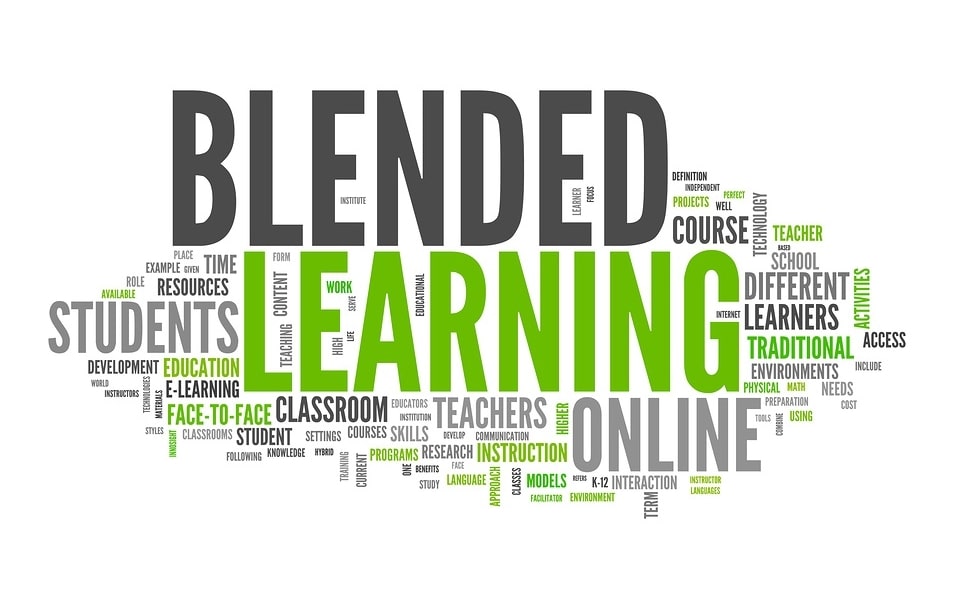
Course Purpose: the purpose of this
teachers training (TT) course is to provide teachers with a knowledges about
basic concept of the Hybrid/Blended Teaching and Learning, focused on the combined
e-learning and traditional classrooms methods/independent study. It represents
a much greater change in basic technique than simply adding computers to
classrooms; it represents, in many cases, a fundamental change in the way
teachers and students approach the learning experience.
Topics:
- Introduction to hybrid blended
teaching and learning. - E-moderating in
education. - Learning management
System Moodle. - Introduction to the
pedagogy of e-portfolios. - Multimedia online
learning material production
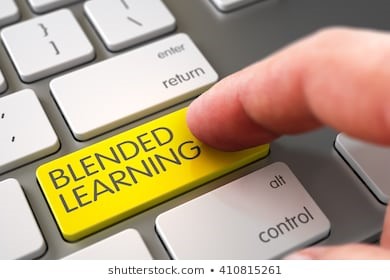
WELCOME TO THE
HYBRID/BLENDED TEACHING & LEARNING COURSE which will enable the
participants to use this innovative learning concept for promoting it in the
teaching and learning environments in their home universities.
This course
supports teachers in enhancing their teaching qualifications with competences
in the field of new and innovative media in order to meet the current needs of
the students. In this course the introduction
of blended learning and teaching concept will be the basis of a wide span of e-
learning & teaching methodologies: starting from E-moderating and how the
teacher role has changed, through to how to deal with an e-learning platform,
creating online portfolios, learning materials for blended learning scenarios, further
mentioning online project management tools and the impact of culture on the teaching and learning
process.
The course will cover the following topics:
(1) Introduction
to Blended Learning
Getting an
understanding of online learning and communication processes and the
differences between presence teaching and online teaching
(2) E-moderating and the reflective practitioner/teacher
Getting familiar
with pedagogical concepts for blended teaching
(3) Dealing
with an e-learning platform Moodle
Getting familiar
with the technological infrastructure
(4) Online-Portfolios
to support students’ reflection processes
Discussion on the
modified roles of the teacher in an online setting and appreciate reflection
(5) Multimedia online learning material
production
Creating
multimedia products such as presentations, videos or e-books under didactic aspects
for their own teaching/learning situation
(6) Online
tools to support Project Based Learning
Learning about online collaborative tools to support project based courses
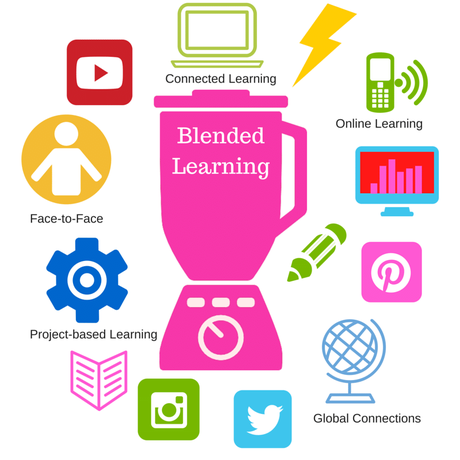
This course is aimed to introduce the
new approach to education which can be implemented and spread in the educational
space of different educational establishments. It will enrich teachers’
experience in the use of new and innovative tools to meet the current needs of
students and global requirements of the world. The hybrid/blended learning and
teaching concepts are applied to e-learning as a part of new digital
educational reality. The course clarifies the online learning and communication
processes together with the new modified image of a teacher – online teacher. It
gives an idea of how to transfer the knowledge into the own practice, integrate the
new methodologies and tools.

Introduction to the method of Active Learning with
special emphasis on technology enhanced collaborative learning, which will
enable the participants to use these innovative learning technologies for
promoting interaction and collaboration in the teaching and learning
environments in their home universities.
During this course the following topics will be covered:
Part 1 – An Introduction into Active and Collaborative Learning
- What is active learning
- What is collaborative learning
- How to introduce it into you course and colleagues’ experiences
Part 2 – Instructional Design: The Basics for Designing a Good Course
- Knowledge needed as a teacher (TPACK Model)
- Instructional design components (KU Leuven Model)
- Instructional design process (ADDIE Model)
- Instructional design in practice (5 phases of ADDIE Model)
Part 3 – Methods and Techniques for Active Learning
- For transferring content and achieving learning goals
- For promoting interactivity in the classroom
- For assessment
- For organization of curriculum and teaching/coaching activities
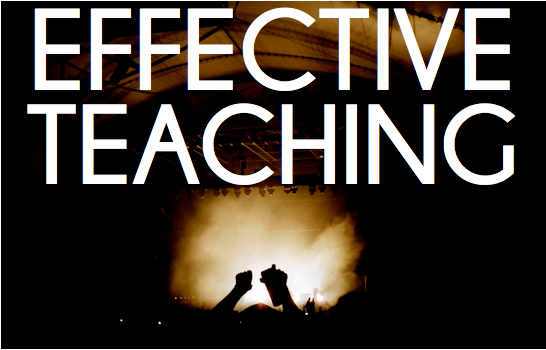
This course will give history teachers and lecturers new techniques to engage and motivate students with Innovative teaching methods. With this course, school
teachers and lecturers will find new ways to engage students in and out of the classroom.
During this course we will be able to answer questions such as:
- How to make history teaching more interesting
- How to make students ask critical questions and think creatively
- How to develop student collaboration
- How to apply historical knowledge effectively in our day
Innovative methods of teaching are varied. However, they all are devised in a way that they motivate students to stand on the path of continuous self-development and self-education.
The aim of Active Learning is to engage students in a way that they will challenge each other to think about and comment on the topic presented.

The purpose of this The course will be handed via the active learning methods, |
The course aims:
- to inform the students about the
cultural and scientific features of Academic English; - to develop written and oral skills
specific to EAP - reading comprehension, listening comprehension, writing
skills (research paper writing), and speaking skills.
The
course sets up the following deliverables:
- to use the English language in
different areas of communication; - to
conduct practical exercises improving effective intercultural
communication in English; - to
apply the knowledge of the basic functional features of the English
language in scientific analysis, interpretation and translation of
relevant texts, and other forms of communication; - to implement the acquired
theoretical knowledge in practice.
The following forms and methods of teaching and learning are used:
Lectures, seminar trainings, individual and group work, peer and
individual research work, presentations, written and oral examination/ test.

This course offers tips and tricks for using Moodle including explanations and descriptions of cool plugins.
VATL-platform provides an opportunity for communication, collaboratively creating content, participation in discussions, variable access to a learning resource, evaluation of knowledge and so on.

Practical English Advanced is a course that puts stress on forming well
informed, smart and flexible students. The course is designed to meet modern
students’ needs and demands accenting communication. Practical English Advanced is not a mere course in General English;
it is a bridge between General English and English for Specific Purposes.
Each lesson
provides us with a chance not only to study “the umbrella topic” but also go
further and deeper in our exploration, challenge students develop their
academic, soft and social skills, transfer from routine training into the world of
creativity. Each lesson gives students an opportunity to learn interesting
things about the world, different cultures, and people.
The course includes activities that focus on developing not only
academic but also career skills such as critical thinking, critical reading and
critical listening. Task-based approach, the authenticity of the texts for reading
and listening make students perform the given task in a more personally
engaged, purposeful, and questioning way.

Today there is an increase in psychosomatic diseases, the causes of which are not known yet. In addition to the increasing number of diseases, some diseases have also become younger. Studies have shown that psychological factors play a major role in the development of psychosomatic diseases. Psychomatics focuses on understanding the behavioural processes around health, illness and disability. Knowledge in the field of Psychosomatics will enable the student to properly organize their own life and work, respond appropriately to surrounding events, and learn about the mechanisms for maintaining mental health.
The aim is to provide students with knowledge about Psychosomatics
directions and concepts and to acquaint students
with psychological aspects of the psychosomatic disorders and diseases, about the importance of psychological
and social factors in the onset of disease.
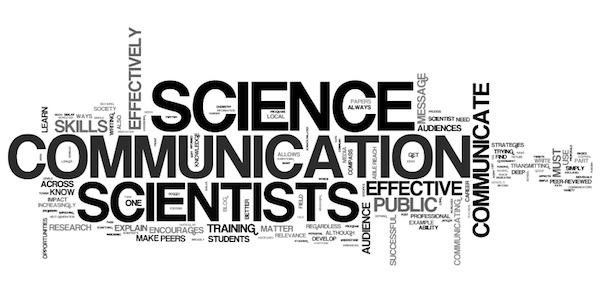
პროფესიული მოღვაწეობის ტექნიკის შესახებ ღრმა ცოდნის მიცემა და კონკრეტული სასწავლო
კურსის შესატყვისი სწავლების სტრატეგიების, მეთოდების შერჩევისა და გამოყენების სწავლება;
დოქტორანტის მიერ საკუთარი ორიგინალური
აზრის არგუმენტგირებული გადმოცემა, ინფორმაციის მოძიება, ანალიზი, კვლევითი სამეცნიერო
ტექსტის წერა, წერის დაგეგმვა, შესრულებისა და ფორმატირების ტექნიკის ათვისება თანამედროვე
საერთაშორისო სტანდარტების შესაბამისად (ციტირება, შენიშვნა, სქოლიო, ბიბლიოგრაფია,
ილუსტრაციები და სხვა ვიზუალური საშუალებები), მეცნიერული ნაშრომის პრეზენტაციის და
საჯარო პაექრობის ფორმით საკუთარი თვალსაზრისის დაცვის სტრატეგიების სწავლება;
თამედროვე მეთოდის თეორიული საფუძლების, მიზნების, სტუდენტზე ორიენტირებული სწავლების
პრინციპების, პრაქტიკაში რეალიზების სტრატეგიების სწავლება.
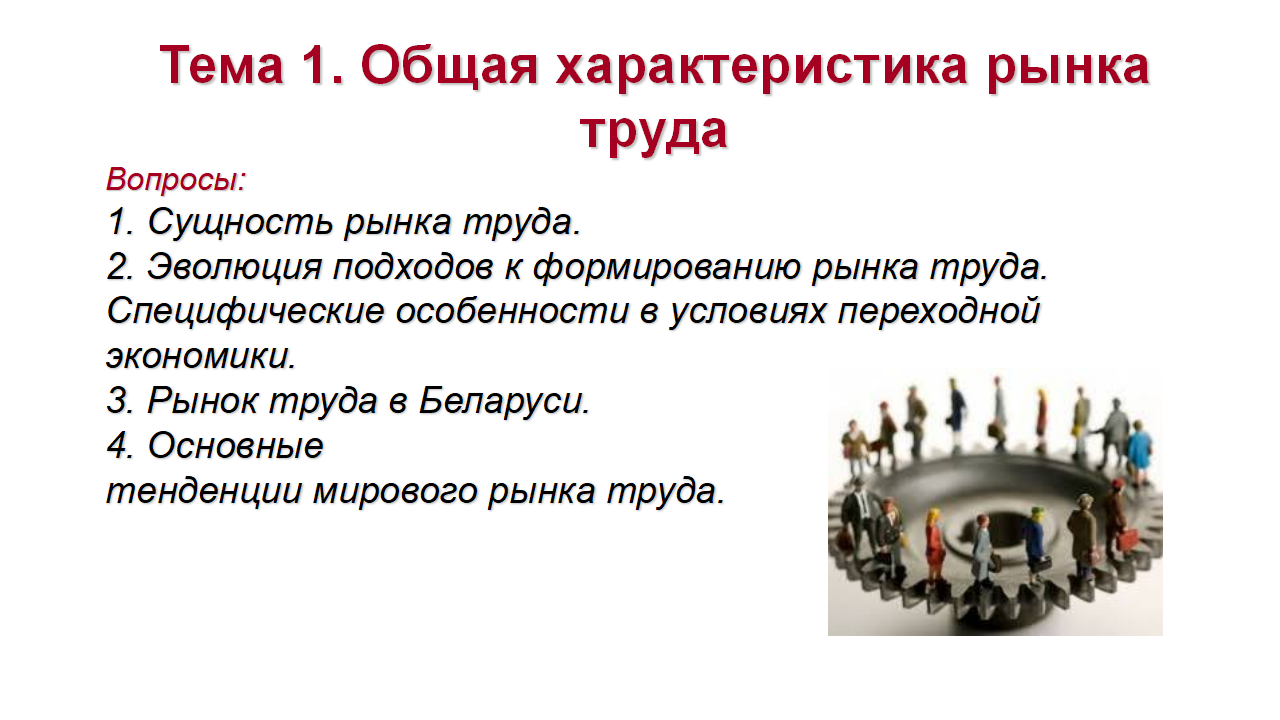
Self-marketing is an important tool in the labor market for young professionals.
Using self-presentation ensures success in employment. The graduate must have the language of business conversation, be able to dress correctly for a meeting with a potential employer, know the specifics of remote and psychology of personal contact during employment. All this will ensure its success in the labor market.

Изложены основные аспекты механических свойств грунтов, в том числе физико-механические свойства, оценены напряженные состояния, деформируемость и прочность грунтовых массивов, рассмотрены основные виды, состав, строение, физические свойства и классификационные показатели грунтов. Изложена теория пределов напряженного состояния грунтов и особенности ее практического применения. Особое внимание уделяется основам, зданиям и сооружениям, определению осадки фундаментов, возможному прогнозированию их во времени. Для студентов строительных специальных наук.
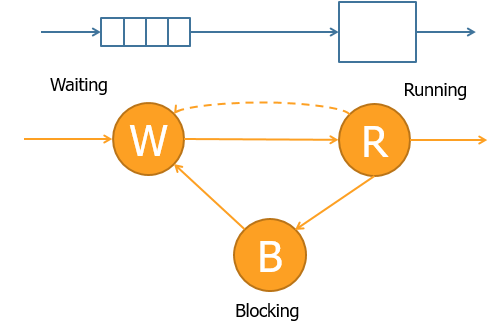
The purpose of the discipline is to study the theoretical foundations and acquire practical skills in the design, implementation and maintenance of system software, including modern operating systems (OS), and the administration of local and distributed computing systems.
Discipline studies:
- purpose and capabilities of the operating system;
- ways to use the functions of the operating system and administration;
- principles of broadcasting programs;
- command tools for system programming;
- how to use the means of the operating system to solve various applied problems;
- how to manage the operating system from the command line or program;
- methods of using operating system mechanisms to automate the functions of application systems;
- installation, configuration and administration of modern operating systems and components of application systems.
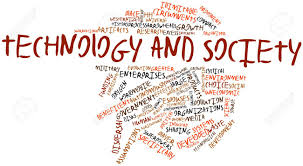
The course covers topics of how social needs stimulate the development of new technologies, and technological progress affects the social behavior of society.
Course Leader :
Nikoloz Abzianidze

The purpose of this course is to provide teachers with a specific expertise in designing |

Goals and Objectives:
The course is intended for English Language and Literature specialty students (BA level, third year, second term).
Afte completion of the sourse, students will be familiar with most significant British and American customs and tratitions. They will learn about British/ American lifestyles. They will know about such fundumental issues as education and political systems, religion and culture as well as everyday habits, for instance formal and informal relations or eating habits, etc.
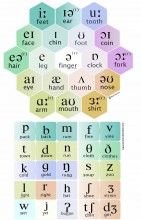
The course «Theoretical phonetics» is intended for students who are training for the
following majors: linguistics, cultural studies, translation and interpreting, teaching methods.
In order to master the discipline, students have to:
• have previously studied the following disciplines: «Introduction to linguistics»,
«Practical phonetics» and «Practical grammar»;
• have achieved the upper-intermediate level of the English language (B2+/ IELTS 6-7/
Upper-Int.);
• be able to use the English language as a tool to obtain information from foreign sources
for educational purposes;
• be able to use major skills of cognitive, research and project activity;
• be able to communicate efficiently and interact in the process of collaboration;
• be able to use ICT means for educational purposes.
This syllabus is designed for lecturers teaching the «Theoretical phonetics» course and outlines the main learning objectives and outcomes, the thematic plan of the
course, the number of hours, as well as the reading list and the grading system.
The influence of digital videos on our everyday culture is undeniable. Online video sharing sites such as YouTube, Vimeo and Metacafe boast monthly audience numbers in the millions.
With digital videos continuing to gain popularity, it seems only natural that this familiar and widespread platform extends into the education setting.
Students today are utilizing educational videos as a tool for learning everything from changing a tire to the latest dance craze. Remarkably, millennials make up 92% of the digital video viewing audience. Abstract topics that once seemed difficult to teach and learn are now more accessible and understandable thanks to the availability of educational videos.
Studies have shown that the use of short video clips allows for more efficient processing and memory recall. The visual and auditory nature of videos appeals to a wide audience and allows each user to process information in a way that’s natural to them.
The use of videos in teaching and learning serves to not only benefit students, but also teachers and their affiliated institutions. A 2015 study conducted by software company Kaltura concluded that 93% of teachers believe that the use of educational videos improves the learning experience. They also serve to break down barriers, such as student and campus location, which were once insurmountable.
As a result, educational institutions are faced with the task of meeting the rising demand for quality learning videos, online course offerings and campus accessibility. Indeed, many are choosing to create their own educational videos. While this idea may seem daunting, it can be a positive and enjoyable experience if you contract a full-service video production company that can tailor your videos to your institution’s individual needs.
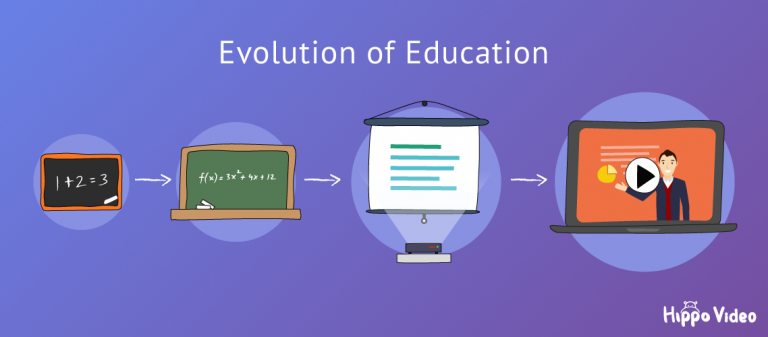
კურსი ეხება ვიდეოს გამოყენებას სწავლებისა და სწავლის პროცესში. მისი შინაარსი საშუალებას იძლევა მსმენელებმა შეისწავლონ და საკუთარ სასწავლო პროცესში დანერგონ თანამედროვე ტექნოლოგიები. კურსის გავლის შემდეგ მსმენელებს ექნებათ უნარი მეთოდურად და ტექნოლოგიურად მოახერხონ საკუთარი სასწავლო კურსის გამდიდრება მათ მიერ შექმნილი ვიდეო რესურსებით.

კურსი ეხება ვიდეოს გამოყენებას სწავლებისა და სწავლის პროცესში. მისი შინაარსი საშუალებას იძლევა მსმენელებმა შეისწავლონ და საკუთარ სასწავლო პროცესში დანერგონ თანამედროვე ტექნოლოგიები. კურსის გავლის შემდეგ მსმენელებს ექნებათ უნარი მეთოდურად და ტექნოლოგიურად მოახერხონ საკუთარი სასწავლო კურსის გამდიდრება მათ მიერ შექმნილი ვიდეო რესურსებით.
There are various ways to use video effectively as a learning tool and
with this course; trainees will have the opportunity to approach several
teaching strategies that align pedagogical aims, learning outcomes with video,
inside and outside the classroom. Participants will reflect and discuss the
role, different implications and challenges of using video in teaching and
learning and will be presented with tools that will contribute for the
enhancement of their teaching practices.
There are various ways to use video effectively as a learning tool and
with this course; trainees will have the opportunity to approach several
teaching strategies that align pedagogical aims, learning outcomes with video,
inside and outside the classroom. Participants will reflect and discuss the
role, different implications and challenges of using video in teaching and
learning and will be presented with tools that will contribute for the
enhancement of their teaching practices.
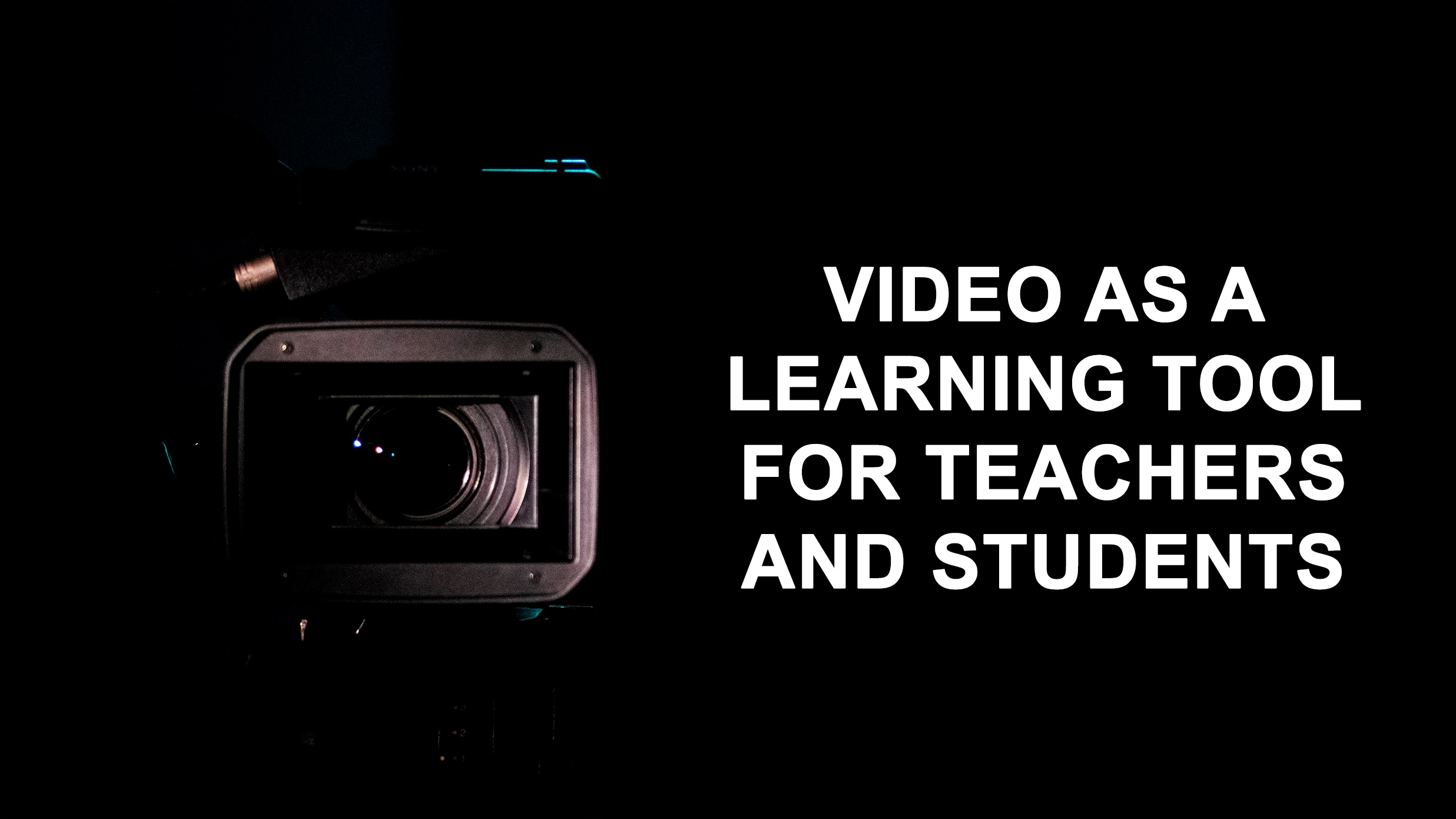
It is not surprising that video has become one of the most popular instructional resources referring to online learning but it has also gained visibility in traditional classrooms. Audio-visual materials can convey and communicate complex information in a more motivating and memorable way creating richer learning experiences. Pedagogical strategies like Flipped Classroom or the usage of digital tools such as interactive whiteboards, tablets and mobile phones inside the classroom, are contributing for new teaching approaches and the increase of interaction and engagement with students.
This course will address several concrete Teaching & Learning scenarios on how to use video as a learning tool with practical cases, both in class as outside class, and examples of tools that teachers can use to motivate and engage students increasing the quality of their learning process.
There is a variety of ways to effectively use video as a learning tool and with this course, teachers will have the opportunity to approach several strategies that align pedagogical aims, learning outcomes with video, inside and outside the classroom.
We will try to create moments and spaces were participants can reflect and discuss different implications and challenges of using video in teaching and learning.The tools presented and used through the different parts of the course can be different, each participant can use the tools that have available the important is to give some tips and technics that will contribute for the enhancement of teaching practices.
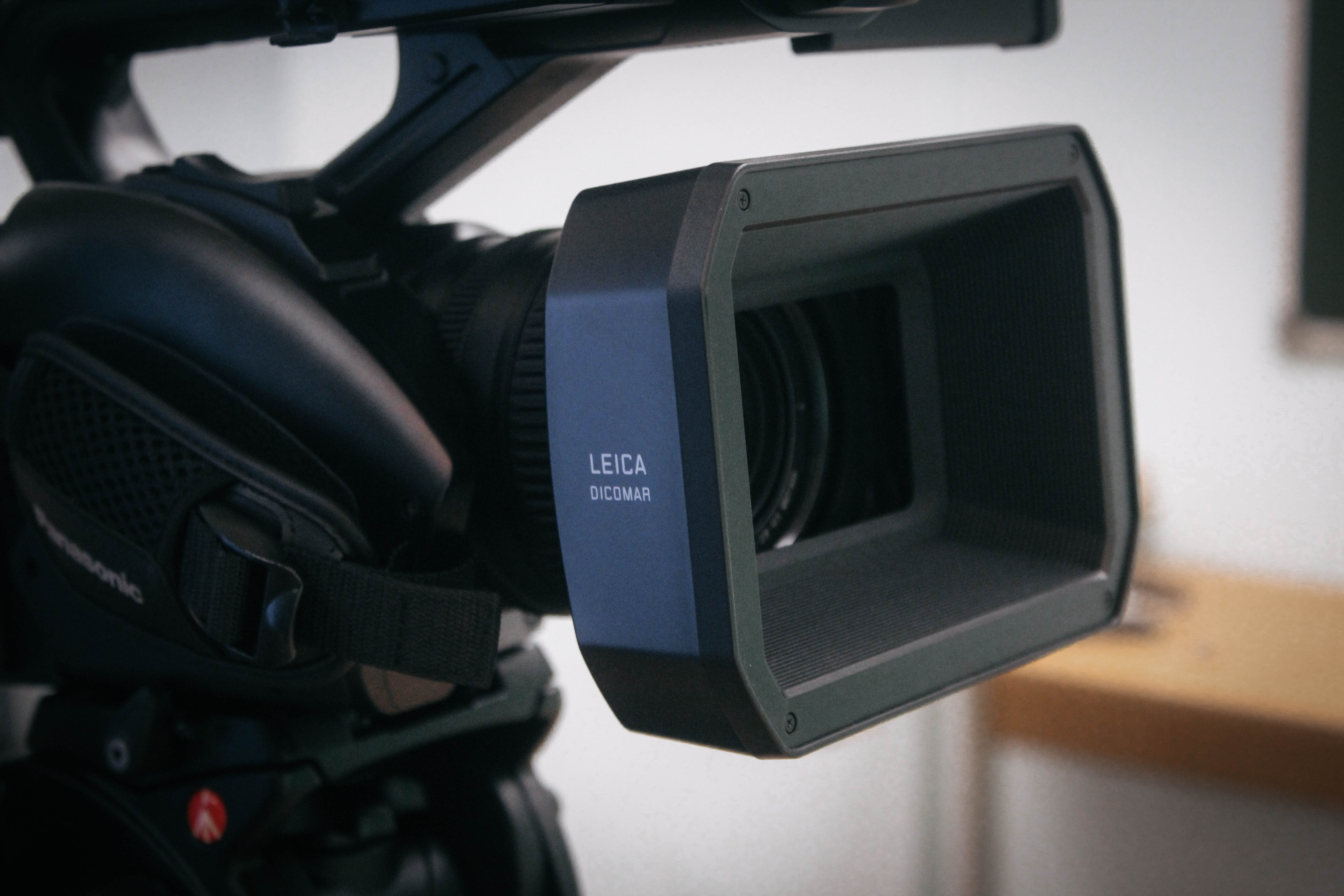
Course purpose is to review different ways to use
video as a learning tool effectively and to learn some common types of video, to practice using mobile
application and computer programs.
Course methodology includes a combination of lecture and practice sessions.
Key topics:
- Using Video in
T&L - Overview of types of video
- Software tools
for creating video - Practical
examples of educational
videos - The process of
creating video (planning, recording and editing) - Tips & Tricks about
Video Capturing
- Making a project plan and a script.
- Each group will capture and create a short video.
- Create videos by using the mobile application or software.
- Create video learning materials using the tools presented.
- Making and editing videos (group assignment).
– identify advantages and
disadvantages of using video in teaching and learning;
– apply good
practices, software tools, tips and tricks for video recording;
– create video learning materials using the tools presented

Course Purpose is to review different ways to use video as a learning tool effectively and to learn some common types of video, to practice using mobile application and computer programs.
Course methodology combines lecture and practice sessions.
Key topics:
- Using Video in T&L
- Overview of types of video
- Software tools for creating video
- Practical examples of educational videos
- The process of creating video (planning, recording and editing)
- Tips & Tricks about Video Capturing

Այս դասընթացը յուրացնելու արդյունքում սովորողները կկարողանան
- տարբերակել XIX դարի խոշորագույն փիլիսոփաների և ուղղությունների ուսմունքները,
- մեկնաբանել դրանց հիմնական կատեգորիաները,
- կարդալ ու վերլուծել հիմնական երկերը։
Այս դասընթացում Դուք կուսումնասիրեք այնպիսի հետաքրքիր մտածողների ուսմունքները, ինչպիսիք են Արթուր Շոպենհաուերը, Սյորեն Կիերկեգորը, Ջերեմի Բենթամը, Ջոն Ստյուարտ Միլը, Օգյուստ Կոնտը, Ֆրիդրիխ Նիցշեն և այլոք։ Դասընթացում սովորած գաղափարների շնորհիվ ուսանողները կարող են վերլուծել փիլիսոփայական մտքի հետագա զարգացման վրա XIX դարի խոշորագույն փիլիսոփաների և ուղղությունների ազդեցությունը:
Сущность игрофикации (геймификации) заключается в использовании игровых механик в неигровых процессах. Проще говоря, это когда элементы компьютерных игр используются для повышения эффективности решения повседневных бизнес-задач.
Основными аспектами геймификации являются.
- Динамика - использование сценариев, требующих внимания и реакции в реальном времени;
- Механика - сценарных элементов, характерных для игры, таких как виртуальные награды, статусы, очки, виртуальные товары;
- Эстетика - создание общего игрового впечатления, способствующего эмоциональной вовлечённости;
- Социальное взаимодействие - широкий спектр техник, обеспечивающих межпользовательское взаимодействие, характерное для игр.
Игрофикация встречается повсеместно. Обычно используется самый простой тип геймификации, который использует различные наклейки и бонстики, а затем использует их какие-то призы, либо вы участвуете в программах лояльности, накапливаете бонусы, а потом вы их меняете на другие призы. К слову, этот тип игры называется беджификаций или PBL . На самом деле игрофикация стоит понимать гораздо шире. Как уже говорилось ранее, это внедрение игровых правил в неигровые контексты, в том числе в образовательный процесс. Например, у вас есть некий образовательный процесс, вы надстраиваете над ними игровые правила. У вас остается тот же самый самый процесс, но он проходит гораздо живее, интреснее и активнее.
В курсе рассматриваются вопросы накопления ресурсов для воспроизводства основных средств, оптимизации затрат на производство.
Курс предназначен для изучения студентами экономических специальностей экономических, управленческих и правовых особенностей управления предприятием в условиях кризиса.
В этом курсе будут лекции по бухгалтерскому учету и аудиту.
Данный курс содержит лекции по бухгалтерскому учету и аудиту.
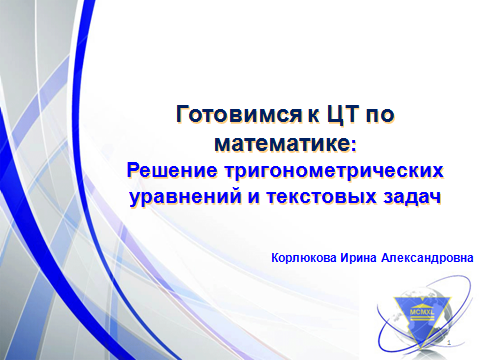
В курсе представлены видеолекциии, тесты для самостоятельного решения по таким трудным темам курса математики как "Решение текстовых задач" и "Тригонометрические уравнения".
На видеолекциях учащиеся знакомятся с основными типами тестовых задач по данным темам, способами их решения.
Тесты для самостоятельной работы нацелены на закрепление знаний и отработку умений учащихся решать тестовые задачи по данным темам. После отправки ответов учащийся может просмотреть свои баллы, а также правильные ответы и решения.
В курсе есть фрагменты видеолекции, записанные для сети Инстаграм.
Рассматриваются вопросы управления материальными потоками в процессе снабжения предприятия материальными ресурсами: сырьем, материалами, комплектующими, товарами.

происходит поиск активных методов сбалансированности спроса и предложения,

Целью
преподавания
дисциплины “Международные инвестиции и инновации”– получение специальных знаний в области
разработки, обоснования и оценки международных инвестиционных проектов с учетом
факторов риска и неопределенности, выполнении ТЭО и бизнес плана, осуществлять
системное планирование на всех фазах жизненного цикла проекта, подготовить и
заключить международные контракты на его выполнение.
Микроэкономика — составная часть экономической теории, изучающая хозяйственную деятельность и поведение отдельных экономических субъектов в процессе производства, распределения, обмена и потребления экономических благ.
Микроэкономика как раздел экономической теории является базовой дисциплиной в системе экономического образования. Цель данного курса – сформировать у студентов основы экономического мышления, обеспечить знание базовых микроэкономических понятий и моделей, выработать умение сих применением решать конкретные задачи, привить навыки самостоятельной работы с литературой. Данный курс микроэкономики включает в себя лекции и практические занятия. На лекциях излагаются и обсуждаются теоретические основы микроэкономики. Часть теоретического материала выносится на самостоятельное изучение студентов с последующим контролем. В рамках практических занятий проводится решение задач.
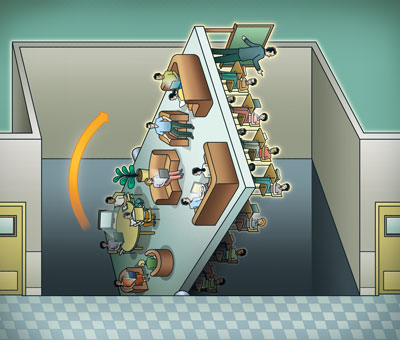
Преподаватели-практики и педагоги-исследователи определяют «Перевернутое обучение» как одну из эффективных инновационных образовательных технологий, которые используют в среднем и высшем образовании.
В процессе изучения курса участники:
- узнают ключевые идеи и принципы образовательной технологии «Перевернутый класс»;
- определят условия применения данной технологии в педагогической деятельности;
- найдут возможность использования идей активного обучения в процессе организации аудиторной учебной деятельности студентов;
- опробуют некоторые электронные сервисы для реализации технологии перевернутого обучения.
На занятиях участников ожидают:
- возможность апробировать различные информационные технологии для организации перевернутого обучения в образовательном процессе;
- индивидуальная и групповая работа по освоению учебного материала;
- консультации и техническая поддержка со стороны преподавателей как на занятиях, так и в процессе самостоятельной работы участников на образовательном портале.
Организация предпринимательской деятельности в Республике Беларусь.
Курс предназначен для студентов экономических специальностей. Он дает представление об основах организации предпринимательской
деятельности в Республике Беларусь.
Данный курс предназначен для студентов экономических специальностей. Он содержит основные положения экономики, психофизиологии и организации трудовых процессов.
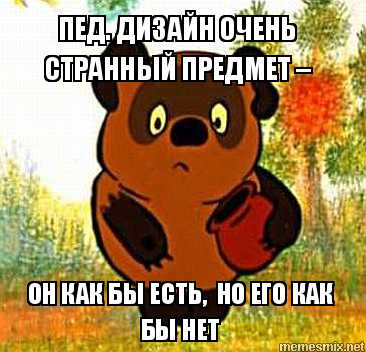
Педагогический дизайн - относительно новое понятие в современной системе образования. Потребность в формировании качественных знаний постоянно растет, в то время как традиционные инструменты подходят для относительно простых, «линейных» методов подготовки.
При создании более сложных программ применения методов ведет к потерям времени и ресурсов. В конечном итоге возникло понятие педагогического дизайна - дисциплины, которые используются команды разработчиков на стадии проектирования, создания и обучения материалов. В его основе положено систематическое использование знаний об эффективной работе, выстраивании учебного процесса с «открытой архитектурой» и создании настоящей обучающей среды.

Педагогический дизайн - относительно новое понятие в современной системе образования. Потребность в формировании качественных знаний постоянно растет, в то время как традиционные инструменты подходят для относительно простых, «линейных» методов подготовки.
При создании более сложных программ применения методов ведет к потерям времени и ресурсов. В конечном итоге возникло понятие педагогического дизайна - дисциплины, которые используются команды разработчиков на стадии проектирования, создания и обучения материалов. В его основе положено систематическое использование знаний об эффективной работе, выстраивании учебного процесса с «открытой архитектурой» и создании настоящей обучающей среды.
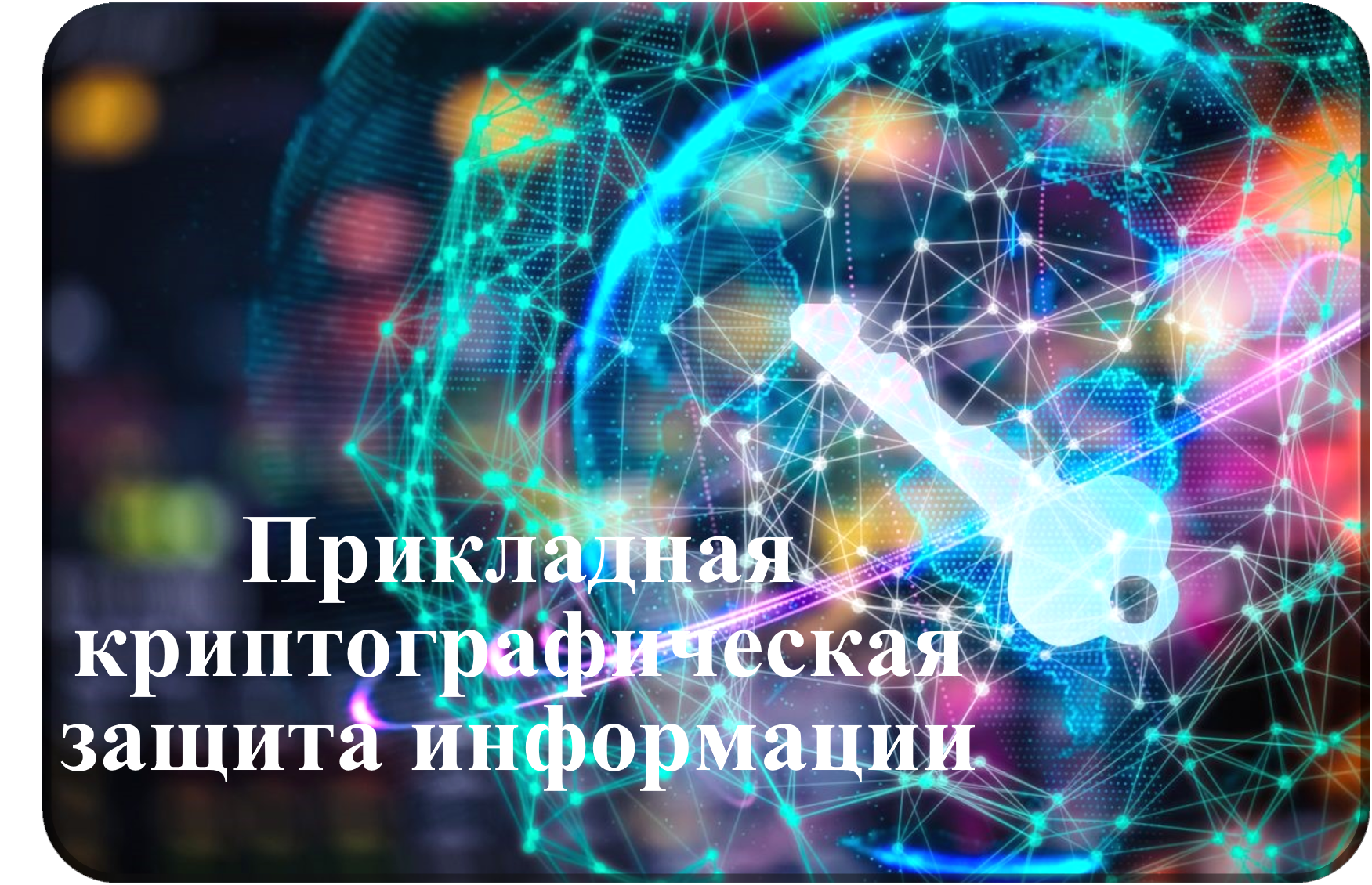
Курс направлен на повышение квалификации преподавателей и широкого круга заинтересованных лиц с точки зрения подходов и прикладных средств обеспечения конфиденциальности, целостности и доступности пользовательских данных на основе криптографических методов. Курс включает в себя 4 основных раздела (темы):
1. Классические подходы
2. Современные подходы
3. Организация ключей
4. Стеганография

Это спецкурс для студентов экономических специальностей, которые начинают изучать бухгалтерский учет на предприятии. Он раскрывает специфику учетных операций по трем основным хозяйственным процессам: снабжению, производству и реализации. Это наиболее сложные темы для начинающих. Автор в наглядной форме демонстрирует суть хозяйственных операций, а также их отражение на счетах бухгалтерского учета.
Курс также будет полезен начинающим бизнесменам и руководителям малого и среднего бизнеса для понимания сути хозяйственных процессов и их отражения в учетной системе предприятия, поможет начать разговаривать с бухгалтером "на одном языке".

Целью изучения дисциплины "Ценовая политика" является получение
знаний по осуществлению ценовой политики предприятий, качественная подготовка
квалифицированных экономистов, владеющих теоретическими и практическими
навыками формирования ценовой политики предприятия в условиях рыночной экономики.
Ценовая политика является важнейшей составляющей частью общей сбытовой
политики предприятия, функционирующего на международных рынках. От особенностей
её реализации зависят такие показатели деятельности предприятия, как объемы
продаж, репутация предприятия на рынке, доходность и рентабельность предприятия
и т.д.
Рассматривается система методов ценообразования, выработанных отечественной и зарубежной практикой, требования к составу затрат, включаемых в себестоимость.
Курс содержит краткое описание дисциплины, лабораторные работы и тестовые задания.
Курс «Экономика предприятия» включает в себя вопросы, раскрывающие сущность предприятия в экономике, методы анализа и возможности принятия решений, а также теоретические аспекты процесса принятия решений и тактики поведения предприятия в изменяющейся среде.
Обучение, основанное на принципах экономического мышления и повышения профессиональной компетентности студентов, приобретение ими знаний в области теории и практики хозяйственной деятельности предприятия.
В данной теме находится материал по учебно-методическому комплексу, учебной дисциплине «Экономический анализ деятельности предприятия».

კურსის ფარგლებში
- გაზომავთ
თქვენს ციფრულ პედაგოგიურ კომპეტენციას და გაეცნობით მისი გაუმჯობესების
შესაძლებლობებს ქსელური სწავლის მეშვეობით; - გაეცნობით
ღია საგანმანათლებლო რესურსებსა (Open Educational Resources) და მათი გამოყენების
სამართლებრივ ასპექტებს; - შეიტყობთ,
რა არის აქტიური სწავლა და რატომაა მისი დანერგვა მიზანშეწონილი ახალ თაობასთან
მუშაობაში; - გააცნობიერებთ,
როგორი უპირატესობები აქვს ამობრუნებულ გაკვეთილს ონლაინ-სწავლების ფორმატში და რატომაა
იგი უფრო შედეგიანი, ვიდრე ტრადიციული გაკვეთილი; - პრაქტიკაში
გამოცდით (Learning by Doing) სწავლების ციფრულ ხელსაწყოებს, რომლებიც გამოგადგებათ
ამობრუნებულ საკლასო ოთახში აქტიური და თანამშრომლობითი სწავლის ტექნიკების
გამოსაყენებლად; - პრაქტიკაშიმოსინჯავთ
აქტიური სწავლის ტექნიკებს და დაგეგმავთ ეფექტიან ამობრუნებულ გაკვეთილს ე.წ. ABC-მეთოდის
გამოყენებით; - ვიმსჯელებთ
შეფასების მეთოდების მოდიფიკაციის
საჭიროებასა და უკუკავშირის (Feedback) მნიშვნელოვნებაზე ონლაინ-სწავლების პირობებში;
- მოსინჯავთ
ონლაინ-ხელსაწყოებს, რომლებიც გამოდგება ონლაინ-შეფასების სისტემის ხარისხის უზრუნველსაყოფად.

კურსის მიზანია დაინტერესებულმა პირემბა გამოიმუშაონ აქტიური სწავლების მეთოდით ლექციების და სხვა საგანმანათლებლო ღონისძიებების ჩატარების უნარ-ჩვევები.
კურსი დაფუძნებულია პრაქტიკულ მუშაობაზე, რაც გულისხმობს მონაწილეების მიერ შესწავლილი ინსტრუმენტების გამოყენებით მათთვის საინტერესო/დარგის თემატიკაზე მორგებული დავალებების შესრულებას.
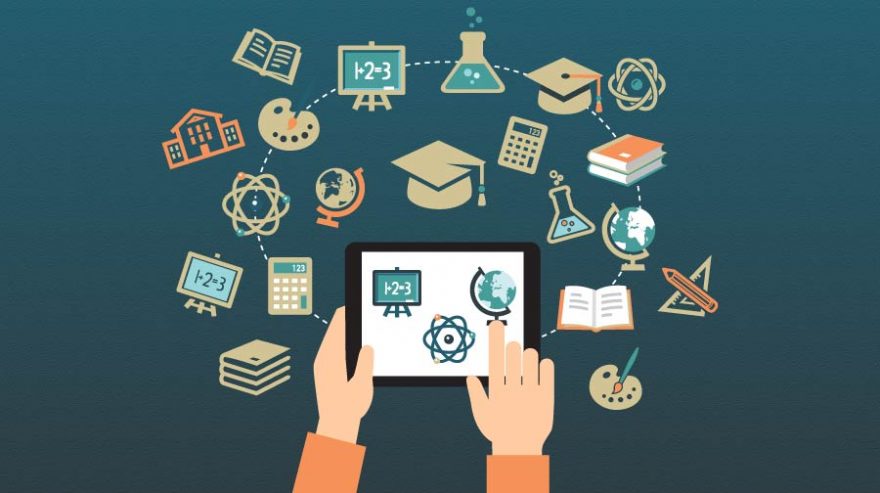
კურსის მიზანია მონაწილეებსგააცნოს აქტიური სწავლების
მეთოდები, სტრატეგიები და პროგრამები, რომლებიც დაეხმარება მათ ლექციები
უფრო ინტერაქტიული
გახადონ. შედეგად მონაწილეები
შეძლებენ სტუდენტების ჩართულობისა და სწავლების ეფექტიანობის
გაზრდას. კურსი დაფუძნებულია
პრაქტიკულ მუშაობაზე და მონაწილეები შეძლებენ შესწავლილი პროგრამები მათ სასწავლო კურსს
მოარგონ.

კურსის მიზანია სწავლებაში ჩართულ უნივერსიტეტის პერსონალს (აკადემიურსა და მოწვეულს) გააცნოს შერეული სწავლების ახალ მეთოდებსა და მიდგომებთან დაკავშირებული თეორიული საფუძვლები და განუვითაროს შესაბამისი პრაქტიკული უნარები. კურსის ფარგლებში განიხილება შერეული სწავლების,როგორც სტუდენტების ინსტრუქტირების ახალი მიდგომა.
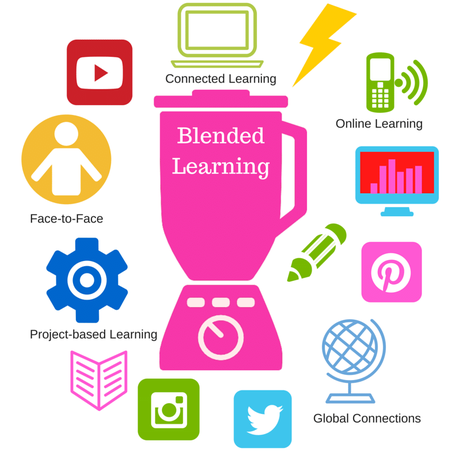
შერეული სწავლება არის მიდგომა, რომელიც აერთიანებს ონლაინ სასწავლო მასალებს და ინტერაქციის შესაძლებლობებს ინტერნეტით, ტრადიციულ ადგილზე დაფუძნებული საკლასო მეთოდებით. აღნიშნული კურსის ფარგლებში ხდება სხავდასხვა ელ. ინტრუმენტის შესწავლა და პრაქტიკული გამოყენება. კერძოდ: რა არის შერეული სწავლა,
ელ-პროტფოლიო, ელ.
სასწავლო კურსები Moodle, ელ-აქტივობა; ელ-მოდერაცია, Moocs , ვიდეოს მომზადება -
Screen recorder, პროექტზე -დაფუძნებული სწავლა - Trello
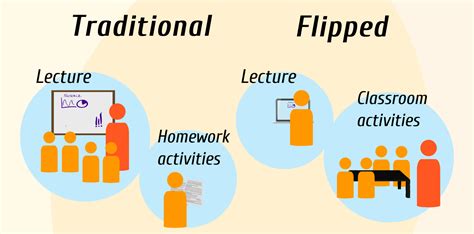
Դասընթացում ներկայացվում են սովորելու մասին հետազոտահենք մոտեցումներ։ Ներկայացվում է «Շրջված դասարան» մոդելը, որը հատկապես արդյունավետ է հեռավար ուսուցման դեպքում։ Վերջում մասնակիցները ծանոթանում են դասընթացի պլանավորման ABC մոդելին և կիրառում են այդ գիտելիքը իրենց դասընթացում։ Դասընթացի շրջանակներում ներկայացվում են նաև թվային գործիքներ, որոնք կարելի է օգտագործել ակտիվ ուսուցման ժամանակ։

Դասընթացի հիմնական նպատակն է մեթոդական աջակցություն ցուցաբերել մասնակիցներին՝ իրենց դասընթացների ծրագրում ակտիվ ուսուցման բաղադրիչի ուժեղացմամբ և թվային հմտությունների ինտեգրմամբ փոփոխություն կատարելու և դասավանդումն ըստ այդմ կազմակերպելու գործում:
Կրթական վերջնարդյունքները
Դասընթացը հաջողությամբ յուրացրած մասնակիցը
ա/ Ընդհանուր գծերով կիմանա «Ակտիվ ուսուցման» և «Շրջված դասարանի» հայեցակարգերը և ակտիվ ուսուցման մի շարք մեթոդներ:
բ/ Կիմանա ակտիվ ուսուցմանը նպաստող թվային գործիքները և առավել առարկայորեն կպատկերացնի ակտիվ ուսուցման և թվային տեխնոլոգիաների նշանակությունն ուսումնառության մեջ:
գ/ Կտիրապետի սեփական դասընթացների ծրագրերում ներդրվելիք թվային որոշ հմտությունների:
դ/ Կկազմի կամ կվերամշակի դասընթացի ծրագիր, որտեղ ներառված կլինեն ակտիվ ուսուցումը խթանող թվային տեխնոլոգիաներ։

Ակտիվ
ուսուցում. թվային տեխնոլոգիաները դասավանդման գործընթացում՝ M-learning & Gamification
Դասախոսների վերապատրաստման դասընթացի ծրագիր
Դասընթացի նպատակն է մասնակիցներին
ներկայացնել ակտիվ ուսուցման մոտեցման առանձնահատկություններն ու խաղային տեխնոլոգիաների,
խաղայնացման և մոբայլ ուսուցման հնարավորությունները դասավանդման գործընթացում՝ ուղղված նրանց ուսումնական
ծրագրերի արդիականացմանն ու նրանցում նորարարական մեթոդների ինտեգրմանը։
Կունենան ընդհանուր պատկերացում ակտիվ ուսուցման էության ու նպատակների, դասավանդման Կհասկանան ուսումնական գործընթացում խաղերի, լուրջ խաղերի և խաղայնացման ·Կհասկանան ուսումնական գործընթացներում ակտիվ ուսուցման տեխնիկաների միջոցով ուսանողների Կկարողանան կազմել խաղայնացման (գեյմիֆիկացիայի) կիրառմամբ իրենց դասընթացի ծրագիրը, Կծանոթանան հատուկ թվային գործիքների՝ շարժական սարքերի (mobile device) կիրառման Կկարողանան ակտիվ ուսուցման շրջանաում ձևակերպել առաջադրանքներ տարաբնույթ հավելվածներիԴասընթացի ավարտին վերապատրաստվողները `
գործընթացում դերի ու արդյունավետության վերաբերյալ,
(game, seriuse game, gamification) կիրառման հնարավորությունները,
շահագրգռվածությունը, ներգրավվածությունն ու մոտիվացիան ապահվելու հնարավորությունները,
հնարավորություններին ու ձևերին, կփարձարկեն դրանք, կքննարկեն դրանց օգտագործման առավելություններն
ու սահմանափակումները՝ Canva, Slido, Mentimeter,Kahoot, Sparc Video,
կիրառմամբ,

Դասընթացի նպատակն է՝ դասախոսներին ծանոթացնել համակցված դասավանդման և ուսուցման արդյունավետ կազմակերպման փորձառությանը, հիմնվելով դասավանդման նորարարական մեթոդներից՝ նախագծային ուսուցման, ինչպես նաև տեղեկատվական տեխնոլոգիաների ու համապատասխան ծրագրային կիրառման վրա։

Դասընթացի շրջանակներում կքննարկվեն բուհական դասավանդման գործընթացում ակտիվ ուսումնառությանն ուղղված՝ տեղեկատվական տեխնոլոգիաների և խաղային մեթոդների կիրառման հնարավորությունները:
Կներկայացվեն այնպիսի ծրագրեր, ինչպիսիք են՝ SLIDO, Kahoot, Mentimeter, Canva, Spark Video, Poll Everywhere, և այլն:

Դասընթացինպատակնէդասախոսներիններկայացնելհամակցվածդասավանդմանառանձնահատկությունները, արդյունավետ մոդելները, արդիական տեխնոլոգիաները, կիրառական միջոցներնուձևերըուսուցմանլսարանայինևառցանցպայմաններում:
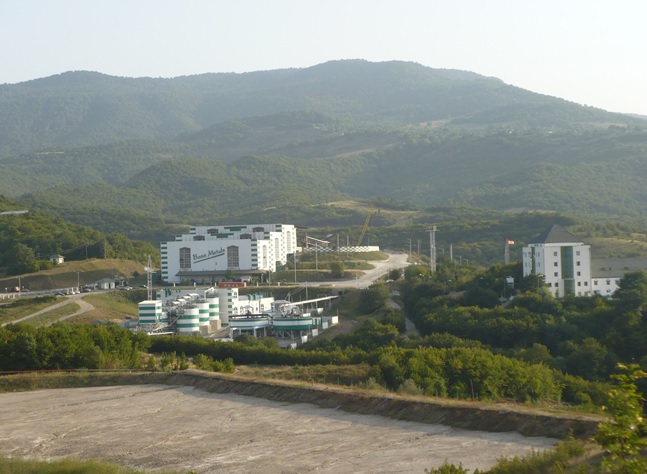
Դասընթացի նպատակն է մագիստրոսներին տալ գիտելիքներ պինդ օգտակար հանածոների հանքավայրերի արդյունաբերական (երկրաբանատնտեսագիտական) գնահատման երկրաբանական, օգտակար հանածոների արդյունաբերական և վերամշակման խնդիրների լուծման
վերաբերյալ։ Դասընթացի խնդիրները հանգում են պինդ օգտակար հանածոների հանքավայրերի
արդյունաբերական յուրացման տեխնիկատնտեսական հաշվարկների իրականացման սկզբունքների,
մոտեցումների և մեթոդների վերաբերյալ մագիստրանտներին գիտելիքների տրամադրմանը։
Դասընթացի կրթական վերջնարդյունքները կայանում են պինդ օգտակար հանածոների հանքավայրերի հետախուզման, շահագործման և հանքային հումքի վերամշակման խնդիրների ձևակերպման և լուծման կարողությունների, մասնագիտական փորձարարական հմտությունների և մասնագիտական գրագրության ունակության ձեռքբերման մեջ։

Դասընթացինպատակը`
1. Ծանոթացնել սոցիոլոգիականհետազոտություններիմեթոդաբանությանը` հիմնականմեթոդներին,
2. Քննարկել
յուրաքանչյուր մեթոդի կիրառման առավելություններն ու թերությունները PR-ում,
3. Ձևավորել սոցիոլոգիական հետազոտության
ծրագրի մշակման հմտություններ,
4. Ստղծել սոցիոլոգիական և մարքեթինգային
հետազոտությունների ժամանակակից մեթոդների կրառման հնարավորություններ
5. Ներկայացնել զանգվածային սոցիալական
գործընթացների, կոլեկտիվ վարքի, սոցիալական փոխգործունեության և փոխկապվածության
դրսևորման ձևերի վերլուծության մեթոդները
. Տեսական գիտելիքներ
Ա․ տիրապետի PR-ի հիմնական հասկացություններին,
- կվերլուծեն և կհասկանան սոցիոլոգիական
հետազոտությունների մեթոդաբանության առանձնահատկությունները PR և մարքեթինգի ոլորտներին
վերաբերող օբյեկտների ուսումնասիրության համատեքստում
Բ․ Բուն մասնագիտական գործնական կարողություններ
- կիմանա սոցիոլոգիական հետազոտությունների
հիմնական մեթոդների մասին, - կկարողանա քննարկել
յուրաքանչյուր մեթոդի կիրառման առավելություններն ու թերությունները PR-ում,
- կտիրապետի սոցիոլոգիական հետազոտության
ծրագրի մշակման հմտություններին, - հանդես գա և աշխատի որպես PR և գովազդի ոլորտներում սոցիոլոգիական հետազոտություններ
իրականացնող
Գ․ Ընդհանրական
կարողություններ
- կզարգացնի հետազոտական հմտություններն ու կարողությունները
- կկարողանա գործնականում կիրառել
հետազոտական տարբեր •ործիքները, - կտիրապետի
տվյալների ներկայացման մշակույթին

Դասընթացի հիմնական նպատակն է ապագա ճարտարագետներին ծանոթացնել ձեռնարկությունների կառավարման տեսական հիմունքներին և առանձնահատկություններին, տնտեսական խնդիրներին, կարևորագույն ռազմավարություններին, մեխանիզմներին և մեթոդներին, կիրառական խնդիրներին և դրանց լուծման հնարավորություններին։

Մեդիահարաբերություններդասընթացի նպատակն է՝
- ուսանողներին տրամադրել համակողմանի համակարգված գիտելիք ԶԼՄ-ի
սոցիալական դերի և նշանակության, ԶԼՄ-ների որպես զանգվածային գիտակցության և
վարքի վրա առավել ազդեցիկ գործոնի վերաբերյալ, - ծանոթացնել ուսանողներին զանգվածային լրատվամիջոցների գործառնության
հիմնական սկզբունքների և նպատակների հետ, -
ուսանողներին տրամադրել գիտելիքներ ԶԼՄ-ների հետ
արդյունավետ հարաբերությունների ձևավրման հիմքերի, սկզբունքների, PR տեքստերի
կազման և մեդիային տրամադրման ձևերի վերաբերյալ:
ավարտին ուսանողը կունենա
Գիտելիք և իմացություն
- ԶԼՄ-ների հասարակական գիտակցության և
սոցիալական վարքի վրա ազդեցության մեխանիզմների իմացություն - ԶԼՄ-ների տեսությունների հիմնական
հասկացությունների տիրապետում, - PR գործիքների տեսակների,
դրանց առանձնահատկությունները
իմացություն
Ունակ կլինի
Ա․ (բուն
մասնագիտական կարողություններ)
- ներկայացնել մինի
PR-նախագծի, նախատեսվող PR ակցիաների մանրակրկիտ նկարագրության ներկայացմամբ: - հանձնարարված
թեմայի/իրավիճակի վերաբերյալ մամլո-հաղորդա•րություն պատրաստել: - Press-kit/ պրես պանակ
լրատվամիջոցների համար կազմում, ներկայացում:
Բ․ (ընդհանրական
կարողություններ)
- կկարողանա ԶԼՄ-ների հետ
ձևավորել արդյունավետ փոխհարաբերություններ
գործնականում կիրառել մեդիայում օգտագործվող գործիքները
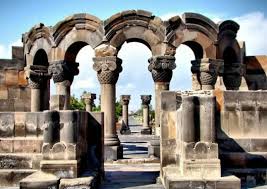
Այս դասընթացի արդյունքում Դուք կծանոթանաք մշակույթի մասին գիտությունների շարքում մշակույթի փիլիսոփայության հիմնարար դերին, նրա մեթոդաբանական, արժեքային և աշխարհայացքային գործառույթներին։
Կկարողանաք վերլուծել մշակույթի էության, ծագման ու գործառնության մասին կարևորագույն ուսմունքները, կարժևորեք մշակույթի մարդաստեղծ և իմաստավորող ներուժն ու հայ մտածողների ավանդը մշակույթի փիլիսոփայության ոլորտում
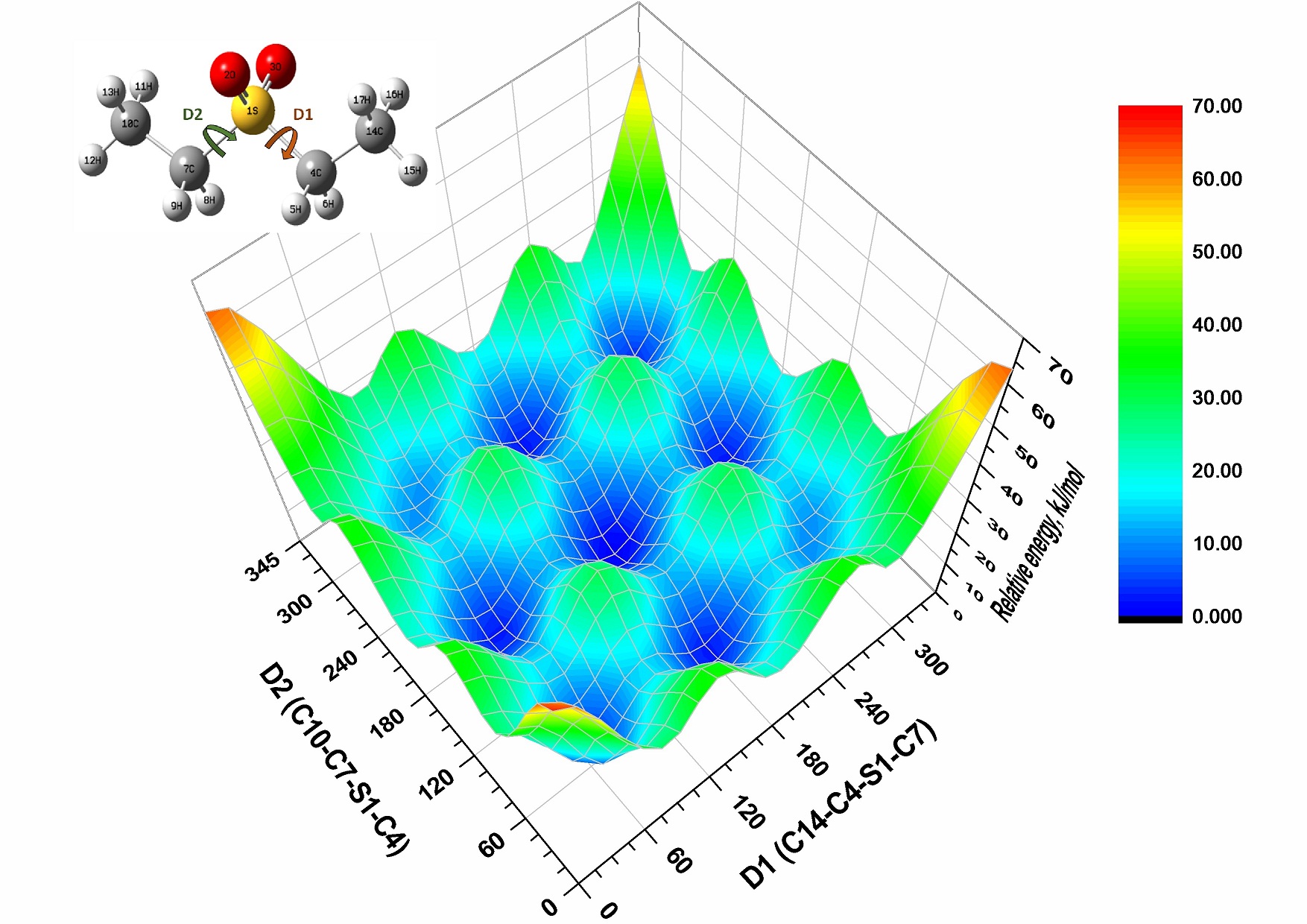
Դասընթացի նպատակն է մասնակիցներին ծանոթացնել մոլեկուլների համակարգչային մոդելավորման մեթոդներին:
Դասընթացի ընթացքում մասնակիցները կկարողանան.
- պատկերել մոլեկուլների տարածական կառուցվածքը ներքին կոորդինատային համակարգում
- կիրառել համակարգչային քիմիական ծրագրերը քիմիական և կենսաբանական համակարգերի մոդելավորման համար:
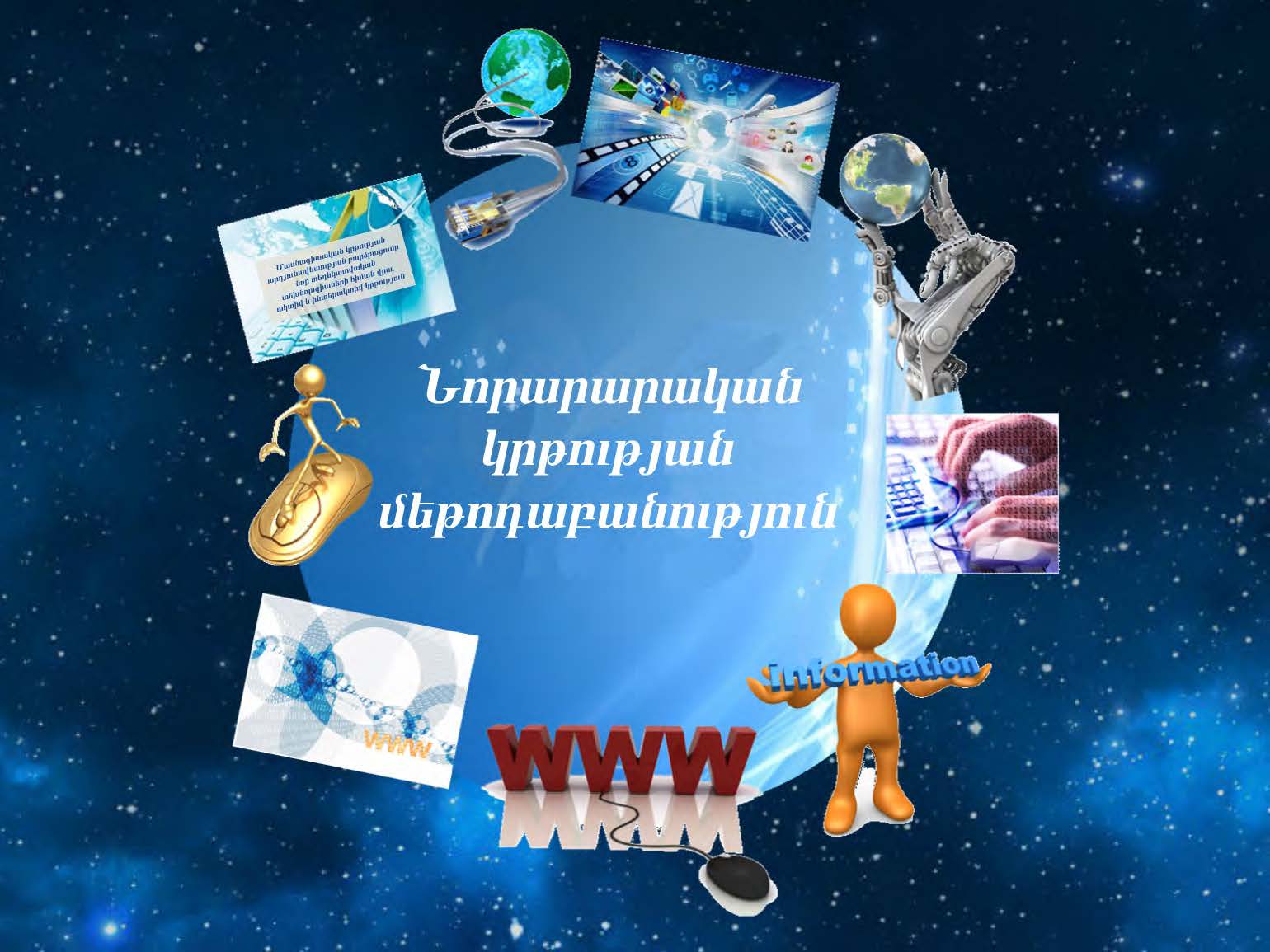
Դասընթացը միտված է դասախոսների կատարելագործմանը` նոր տեղեկատվական և կրթական տեխնոլոգիաների առումով և ներառում է հետևյալ հիմնական բաժինները.
1.
Մասնագիտական կրթության արդյունավետության բարձրացումը նոր տեղեկատվական տեխնոլոգիաների
հիման վրա
2.
Կրթության ոլորտում տեղեկատվական տեխնոլոգիաների կիրառման խոչընդոտները և դասավանդման
նորարարական մեթոդները
3.
Թիմային ուսուցում, մոդուլային ուսուցում,
միջառարկայական ուսուցում բովանդակային ուսուցում, խնդրային ուսուցում, իրավիճակային
ուսուցում
4.
Փորձառական ուսուցում, նախագծային ուսուցում,
խաղային ուսուցում, անհատական ուսուցում, շրջված ուսուցում
5.
Արդյունավետ էլեկտրոնային բովանդակության մշակումը, տարածումը և կիրառումը
6.
Տեղեկատվական ամպային գործիքների կրթական կիրառումները և անվտանգությունը
7.
Ամպային գործիքների կիրառումը դասերի նախապատրաստման գործընթացներում
8.
Ամպային գործիքների կիրառումը ուսուցման և ձեռք բերված
ուսումնառության վերջնարդյունքների վերահսկման գործընթացներում
Հավելված՝ Պատկերաշարից տեսադասախոսության ստեղծումը
PowerPoint-ում

Դասընթացի նպատակն է՝ դասախոսներին ծանոթացնել ինտերակտիվ ուսուցման արդյունավետ կազմակերպման փորձառությանը, հիմնվելով էլեկտրոնային ուսուցման արդի մեթոդների, ինչպես նաև տեղեկատվական տեխնոլոգիաների ու համապատասխան ծրագրային փաթեթների կիրառման վրա։
Դասընթացի ավարտին դասախոսներն ունակ կլինեն՝
- ձեռք բերել առցանց միջավայրում դասախոսությունների, ինչպես նաև գործնական և լաբորատոր աշխատանքների արդյունավետ կազմակերպման հմտություն
- ձեռք բերել ժամանակակից տեխնիկական միջոցներից և տեխնոլոգիաներից օգտվելու հմտություններ ինտերակտիվ ուսուցման բարենպաստ մթնոլորտում ստեղծելու կարողություններ

«Տեղեկատվության պաշտպանության
հիմունքներ» դասընթացի շրջանակներում ուսումնասիրվում են տեղեկատվության պաշտսպանության
հիմնադրույթները:
ուսումնասիրել տեղեկատվական համակարգերի վրա
իրականացվող հնարավոր գրոհներն ու սպառնալիքները, ինչպես նաև տեղեկատվության և տեղեկատվական համակարգերի՝ չարտոնված մուտքից, օգտագործումից,
հրապարակումից, փոփոխակումից կամ ոչնչացումից պաշտպանության
մեթոդներն ու միջոցները։
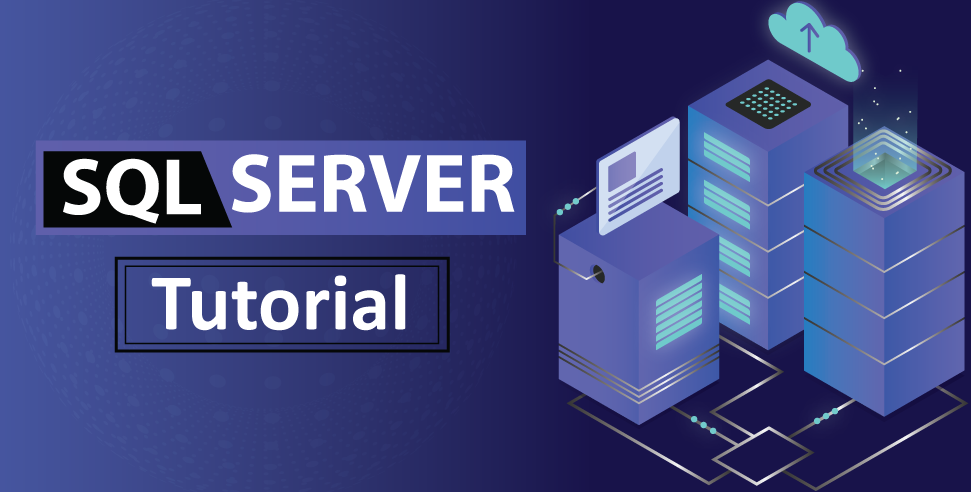
Դասընթացի նպատակն է ունկնդրներին ծանոթացնել ռելյացոն տվյալների բազաների հիմնադրույթներին, MS SQL Server ժամանակակից ռելյացոն տվյալների բազաների ղեկավարման համակարգին, համակարգի ճարտարապետությանը: Ունկնդիրները կուսումնասիրեն տվյալների մոդելների առանձնահատկությունները,
տվյալների ռելյացոն մոդելը, աղյուսակների միջև կապերը, տվյալների բազաների նորմալացումը, ինչպես նաև MS
SQL Server – ի
բաղադրիչները,
հիմնական ֆունկցիաները, Transact SQL լեզուն, Տվյալների մշակման համար ստանդարտ ֆունկցիաները, համակարգային
և մետատվյալների ֆունկցիաները, ընտրության հայտերը, պարզ հարցումները, ագրեգատացված ֆունկցիաները, կուսումնասիրեն նաև առավել բարդ գործառույթները:

Ուսումնասիրել տվյալների բազաների նախագծման եղանակները, MS SQL Server ժամանակակից ռելյացոն տվյալների բազաների կառավարման համակարգը:

Դասընթացն ուսումնասիրում է քիմիական տեխնոլոգիայի
տարբեր բնագավառների ընդհանուր գործընթացներն ու ապարատները և բաղկացած է հետևյալ
բաժիններից. հիդրոմեխանիկական գործընթացներ, ջերմային գործընթացներ,
զանգվածափոխանակման գործընթացներ, արհեստական սառեցում:
Դասընթացի արդյունքում
ուսանողը ձեռք է բերում ճարտարագիտական խնդիրներում կիրառական հիդրավլիկայի և զանգվածափոխանցման պրոցեսների օրենքների կիրառման, ոսումնասիրվող
պրոցեսների և ապարատների աշխատանքի սկզբունքի բացատրության, դրանց վրա ազդող գործոնների ուսումնասիրության,
քիմիատեխնոլոգիական համակարգերի և տեխնոլոգիական ուրվագծերի ստեղծման,
վերլուծության և նախագծման կարողությունններ, որից հետո նա կկարողանա կատարել ապարատների
տեխնիկապես գրագետ և գիտականորեն հաստատված հաշվարկ՝ արդիական հաշվիչ միջոցների
կիրառմամբ:

Course categories
A - member of VATL
can build your own course.

Virtual Academy of Teaching and Learning
Contact
E-mail: vatl@ysu.am
Phone: (+374 10) 57 06 77


